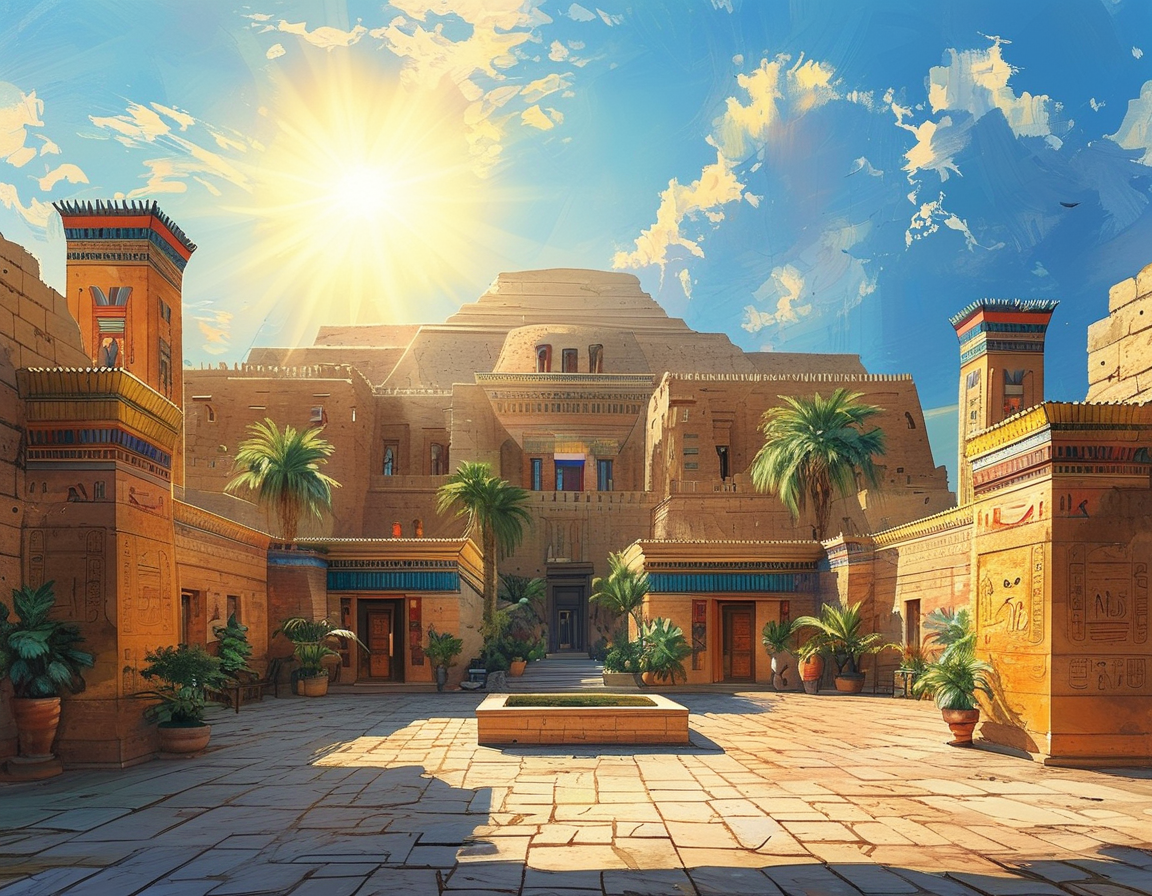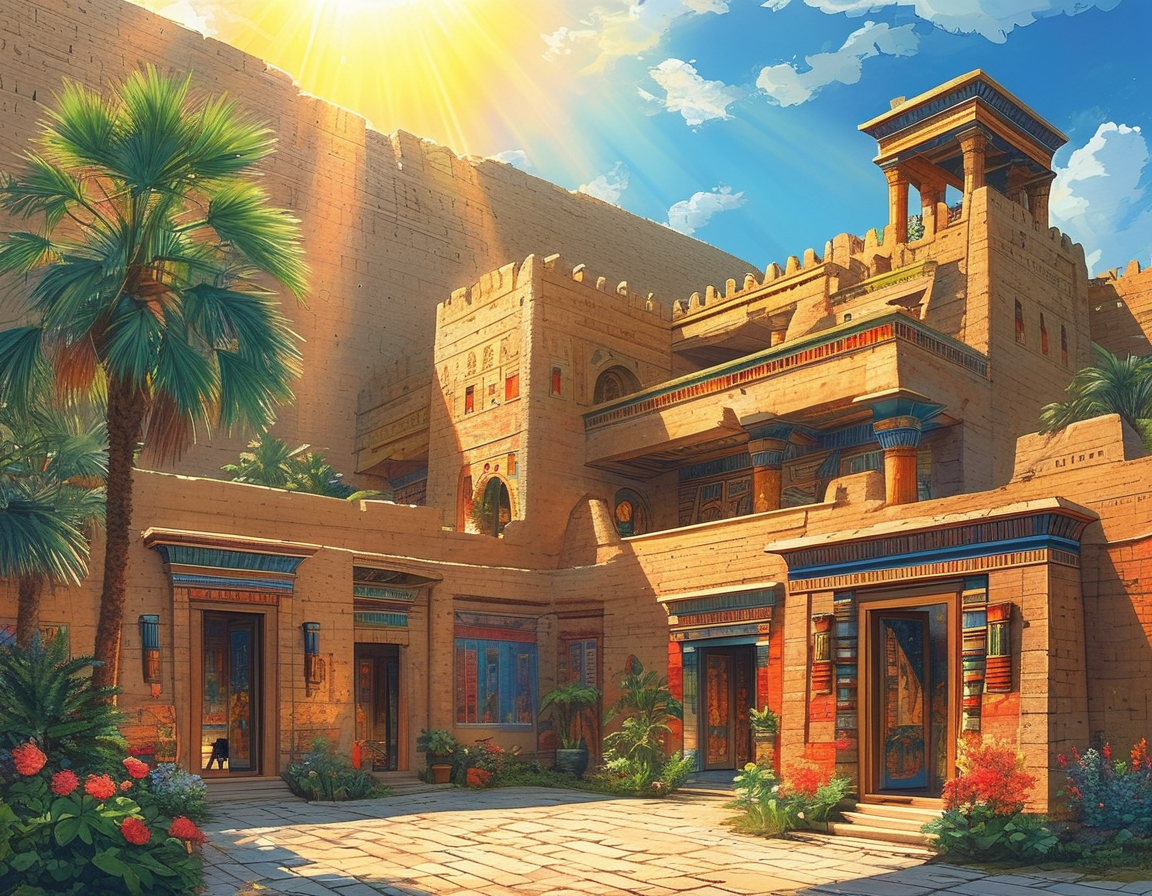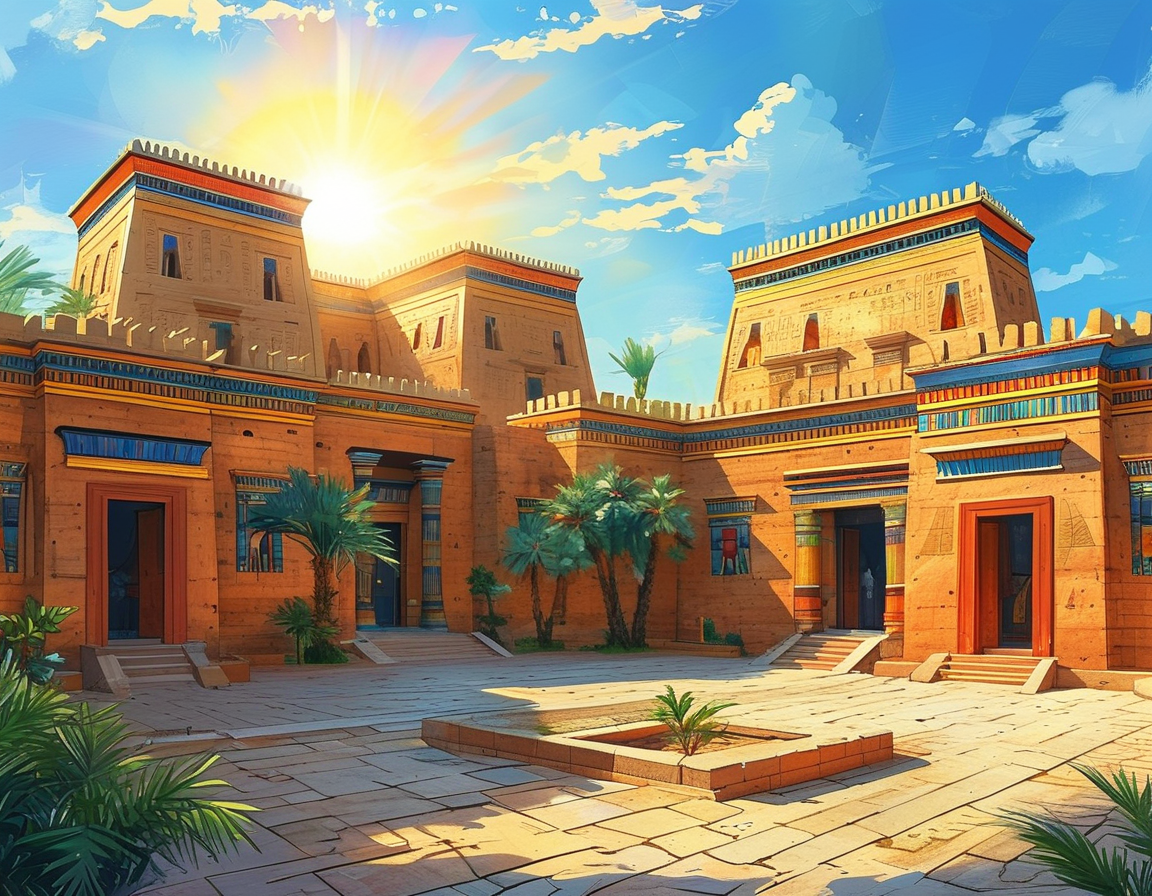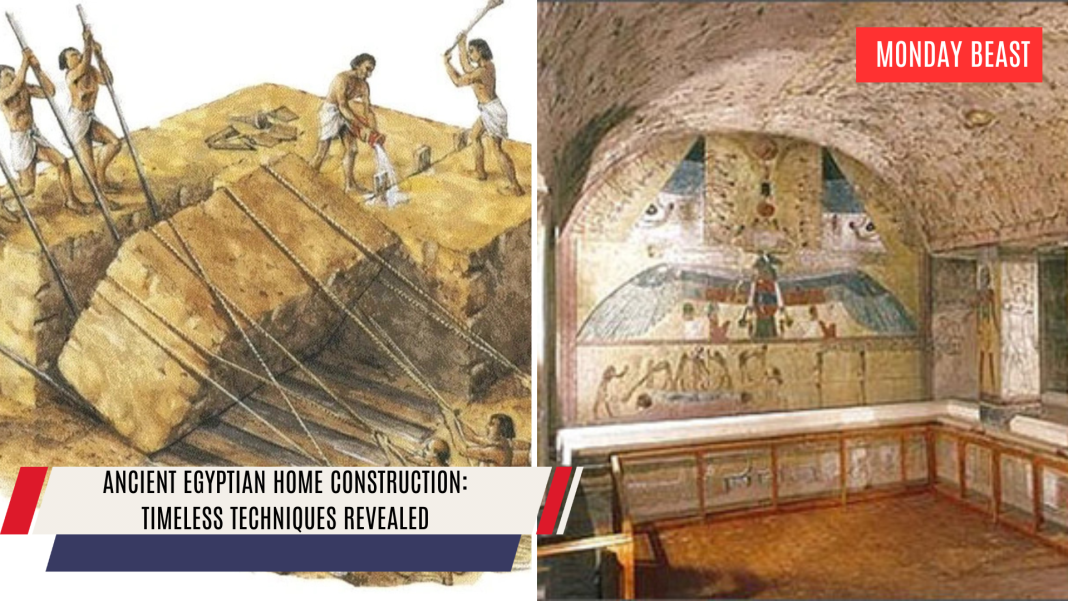Choosing the Right Location
In the vast expanse of ancient Egypt, selecting a home site was no trivial matter. Builders typically sought high ground, far from the unpredictable Nile floods. This not only ensured safety but also provided a sustainable environment. Imagine feeling secure knowing your home stood resolute against nature’s whims. It’s a lesson in prudence that resonates even today.
When one thinks about home, the ground beneath matters immensely. Dry, arid land was a prized choice. As we reflect on this, one wonders: Do we prioritize location in our own home searches as much as our predecessors did?
Designing with Intention

With the landscape chosen, the next step was creativity. Egyptians employed simple tools—string and wooden stakes—to outline their homes. They often designed their living spaces around a central courtyard. Picture a sunlit garden at the heart of your home, surrounded by rooms filled with laughter and warmth. Feels inviting, doesn’t it?
For many modern homeowners, the layout reflects personal values. So why do we still seek this connection to nature? Perhaps it’s a deep-rooted desire to create a nurturing space.
Building the Foundation
A structure needs a solid base. Egyptians mixed earth with straw to form sun-dried bricks. These bricks were their building blocks. Imagine the sound of hammers and the smell of damp earth—a sensory experience lost in our factory-made world.

Today’s foundations might involve concrete and steel, but this ancient method speaks to sustainability. It reminds us of a time when communities were closely aligned with nature.
Constructing the Walls
Walls made from earth bricks provided more than just support; they kept homes cool in summer and warm in winter. Isn’t it fascinating how a simple material can have such a profound effect on comfort? Building these walls required not only skill but also creativity.
As we construct our homes, one might wonder: Are we attuned to the materials we choose, ensuring they serve both us and the planet?
Creating Openings for Life

Doors and windows were often crafted from wood, offering both beauty and function. They were strategically placed to guard against intruders while allowing for airflow. Can you imagine a home where the windows are high but welcoming?
The idea of safety resonates everywhere, even in today’s world. We search for fences, locks, and security systems, reminiscent of these ancient practices.
Crafting the Ceiling
Ceilings, like walls, showcased the creativity of the Egyptians. Made from the same earthen bricks, they provided insulation. Some homes featured wooden beams, a touch of elegance. Have you ever marveled at how ceilings can alter a room’s ambiance?
Considering how we adorn our spaces with art and personal touches, one might ponder: What story does your ceiling tell you?
Final Touches
As construction neared completion, walls were often plastered and painted. This added beauty and offered protection from the elements. Floors, typically made of stone or wood, were adorned with textiles. Comfortable, inviting spaces have always been a priority, it seems.
Reflecting on this, it raises an interesting notion: Upon which memories and experiences do we layer our own home environments?
Conclusion
Ancient Egyptian builders were masterful in their use of resources. They offered a glimpse into a world where nature and home were intertwined. Their techniques have influenced generations, revealing rich cultural heritage. It begs the question: What can we learn from them today? Every structure tells a story; let’s ensure ours honor the past while looking towards a sustainable future.




